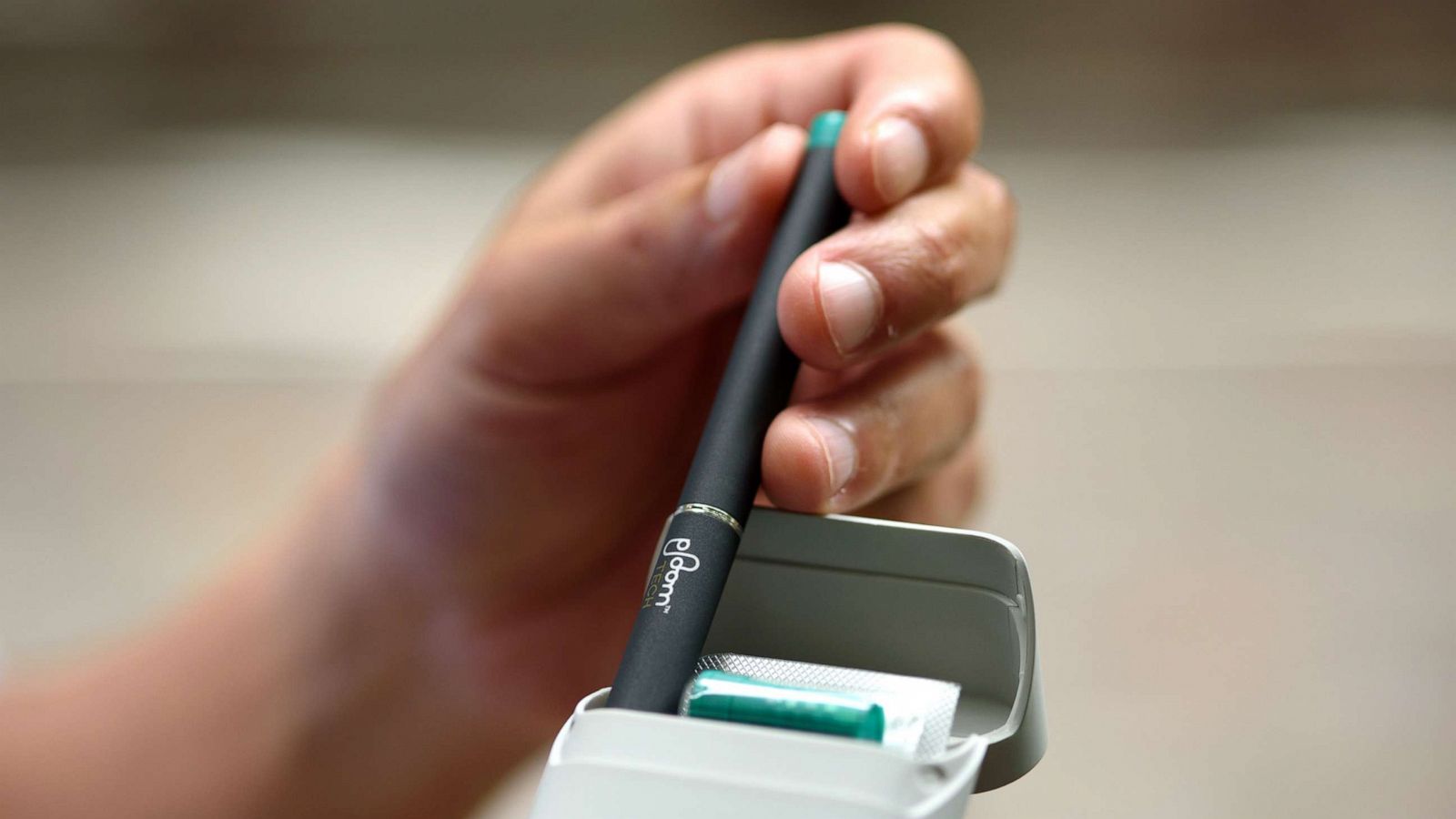Introduction
With the rise of vaping and heated tobacco products, the line between what constitutes as a traditional cigarette and its alternatives has become increasingly blurred. While both products have been marketed as alternatives to traditional smoking, it is important to understand that they are not the same and carry their own unique health risks. In this article, we will discuss the differences between heated tobacco products and e-cigarettes, and the reasons why they should not be considered the same.
What are Heated Tobacco Products?
Heated tobacco products, also known as Heat-not-Burn (HNB) devices,hhc p (hhc P), are electronic devices that heat tobacco to produce an inhalable aerosol. Unlike traditional cigarettes, HNB products do not burn the tobacco, but instead heat it to a temperature that releases nicotine and other substances. The most popular HNB device is the IQOS, which is manufactured by Philip Morris International.
What are E-Cigarettes?
E-cigarettes, also known as electronic nicotine delivery systems (ENDS), are battery-operated devices that simulate the experience of smoking. They typically consist of a heating element, a rechargeable battery, and a cartridge or hhc kartuschen (hhc cartridges) or tank that contains e-liquid. The e-liquid is generally comprised of a mix of propylene glycol, veggie glycerin, flavorings, and pure nicotine. When the home heating aspect is triggered, the e-liquid is heated up, creating an inhalable aerosol.
Key Differences between HNB and E-Cigarettes
Tobacco vs. E-Liquid: The main difference between HNB products and e-cigarettes is the substance that is being heated. HNB devices heat tobacco, while e-cigarettes heat e-liquid.
Nicotine Content: HNB devices typically contain higher levels of nicotine compared to e-cigarettes. This is because HNB devices heat real tobacco, which naturally contains nicotine. E-liquids, on the other hand, can vary in nicotine content, with some containing none at all.
Heat Source: HNB devices use a different heating mechanism than e-cigarettes. HNB devices use a ceramic heater, while e-cigarettes typically use a coil made of metal wire. This difference in heating mechanism can affect the quality of the aerosol produced and the potential health risks associated with each device.
Chemical Composition: The aerosol produced by HNB devices contains different chemicals compared to e-cigarettes.hhc öl (hhc oil) Or HNB devices produce an aerosol that contains not only nicotine, but also other toxic chemicals such as formaldehyde and acrolein. E-cigarettes, on the other hand, produce an aerosol that contains nicotine, as well as other potentially harmful chemicals such as heavy metals and volatile organic compounds.
Health Risks of HNB Products
While HNB products have been marketed as a safer alternative to traditional smoking, they still carry health risks. A growing body of research has linked the use of HNB devices or hhc cali (hhc cali) to a range of health problems, including:
Increased Risk of Heart Disease: Studies have shown that HNB users have an increased risk of developing heart disease compared to non-users.
Respiratory Issues: The inhalation of aerosol produced by HNB devices has been linked to respiratory issues, including irritation of the airways and coughing.
Increased Risk of Cancer: HNB devices release cancer-causing chemicals, including formaldehyde and acrolein, which can increase the risk of cancer.

